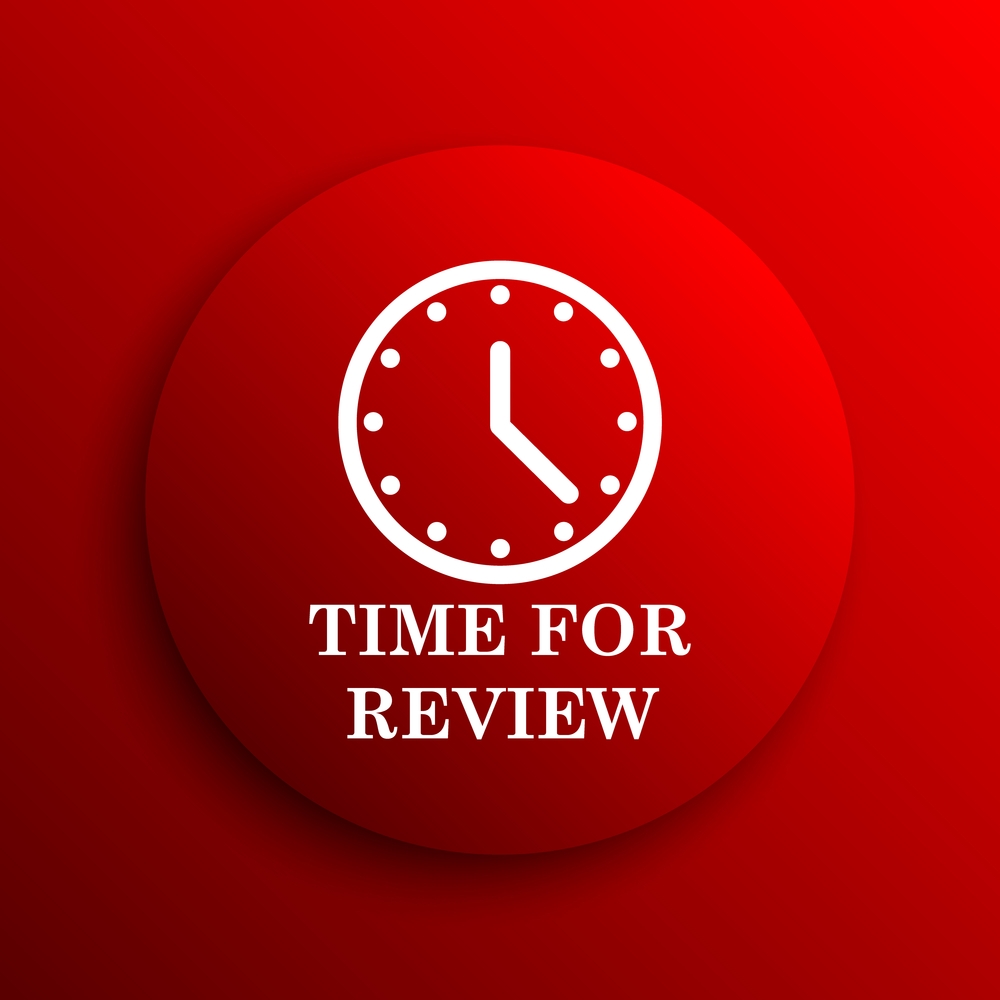Performance reviews are a key component of effective human resources management, but they are rarely anyone’s favorite part of the year.
“For many employees, a face-to-face performance review is the most stressful work conversation they’ll have all year,” writes Rebecca Knight in the Harvard Business Review. “For managers, the discussion is just as tense.”
Part of the problem is the nature of performance reviews themselves. Inherently, a candid conversation about an employee’s work will involve both positives and negatives, and the fact that reviews are often tied to compensation leads to a high-stakes atmosphere that can cause tension on both sides. However, there are steps that smart managers can take to minimize the stress, improve communication between employer and employee, and improve performance and productivity year round.
Be clear ahead of time about your performance expectations.
It is important that you begin looking ahead to the next round of performance reviews as soon as the previous round concludes – or even before. “The performance review doesn’t start with a sit-down in the spare conference room,” Knight writes. “You must be clear from the outset how you’ll evaluate your employees.”
Victor Lipman, writing for Forbes, agrees. “If you have clarity about what the objectives are, and better still if the employee is involved in their development, that’s a great starting point.”
You may wish to consider hosting smaller, informal meetings during the year with each of your employees in which you share your expectations and solicit their feedback about goals – both yours and theirs. In this way, the end-of-year review becomes just one part of an ongoing conversation about job performance that involves input from both sides.
Consider having a formal mid-year evaluation.
As a supplement to the suggestion above, you may find it is useful to schedule a formal, sit-down evaluation of your employees in the middle of the year. By doing this, you can let your employees know how they are doing and what they need to improve in order to have a good evaluation at the end of the year, when raises, promotions, and other incentives may be on the line.
Lipman notes that having a mid-year evaluation will help keep you on track. He writes, “This will impose rigor on the process and force you to gather the necessary data to make a meaningful assessment – plus it will make the process a whole lot easier when you get to year end.”
Another upside to a mid-year evaluation is that it gives your employees an idea what to expect in the end-of-year evaluation, potentially defusing some of the stress that comes with that event.
Help your employees grow through the evaluation process.
It’s not enough to just recite a list of the good and bad aspects of your employees’ job performance – it is imperative that you show them a path forward to better performance in the future.
“After discussing the strengths and achievements of your solid performers, ask them how they feel about how things are going,” Knight writes, noting that most employees will open up with honest concerns and questions. This gives you, as a manager, an opportunity to coach them into better performance.
Knight suggests asking follow-up questions to help them focus on improvement. “What is the employee doing now that is not working? What are they doing that is highly effective? What actions should they adopt to be more so?” she writes. “By focusing on behaviors not dispositions, it takes the personal edge out of the conversation.”
Call us today to find out how we can help your business.


